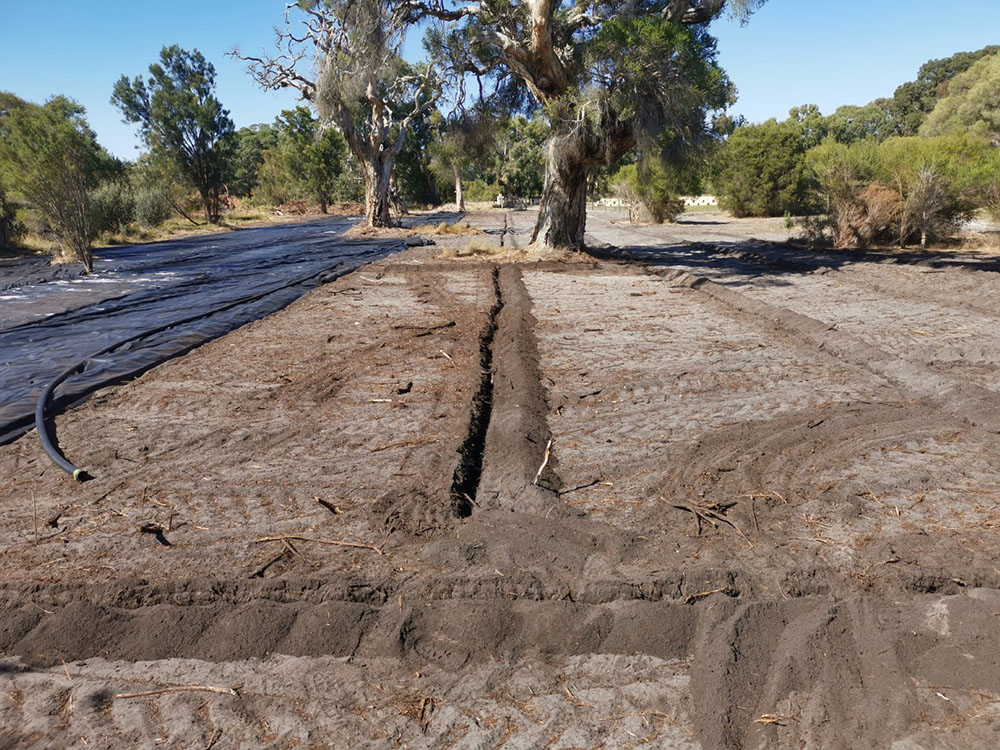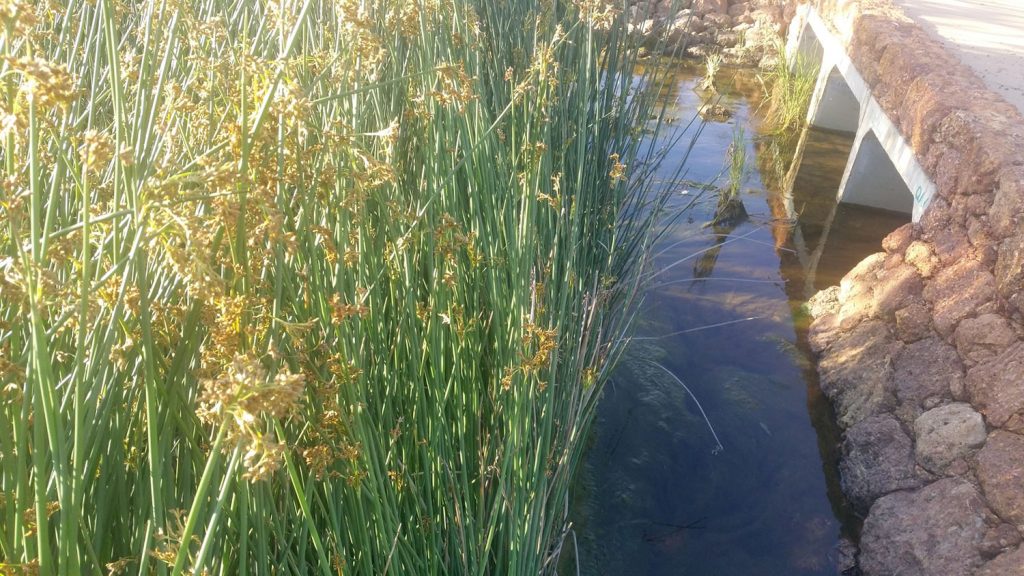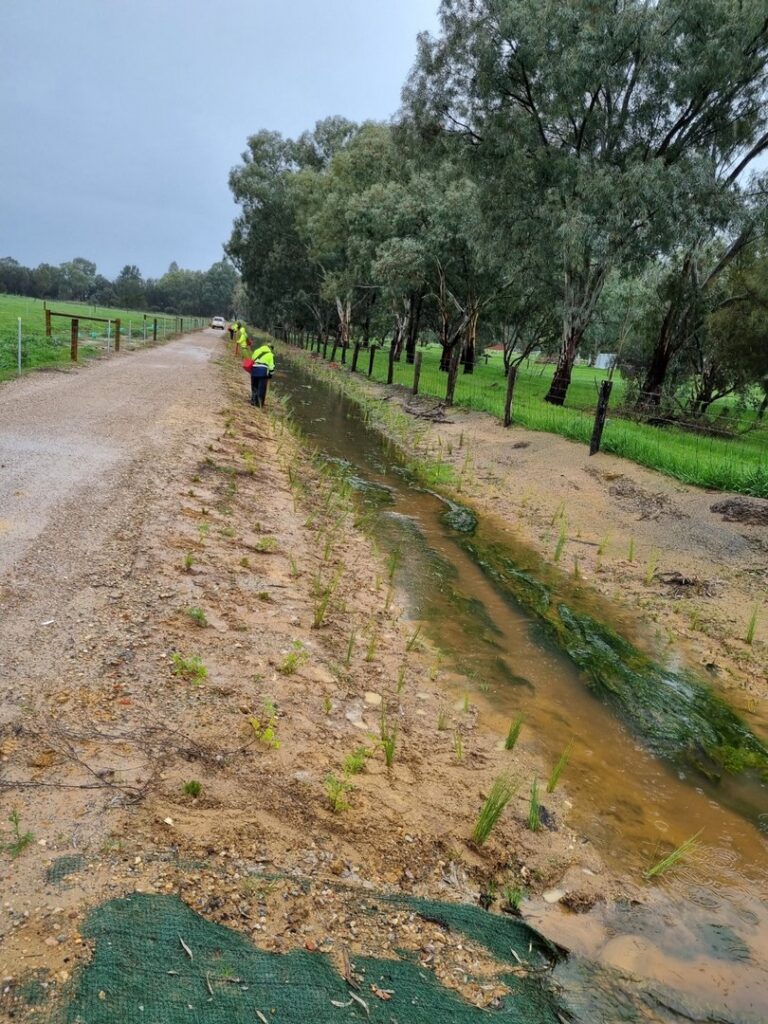Meeting Shire Landscape Conditions: A Developer’s Checklist for WA
By Brett Kuhlmann — Vivacious Surrounds
When it comes to property development in Western Australia, a well-designed landscape plan isn’t just about aesthetics — it’s a core part of your development approval. Every local government in WA now places strong emphasis on environmental performance: tree canopy targets, habitat creation, stormwater management, and the use of native species are all under the spotlight.
For developers, understanding and meeting these requirements early can save time, reduce costs, and prevent frustrating delays during the approval process.
Here’s a practical checklist to help you navigate shire landscape conditions with confidence — and how Vivacious Surrounds can support you every step of the way.
Each local government has its own set of landscape policies, water-sensitive urban design (WSUD) targets, and environmental performance standards.
Before you begin design work, review the specific documents provided by the relevant shire or city. Pay attention to:
- Tree canopy coverage targets (often expressed as a percentage of site area)
- Biodiversity and habitat enhancement requirements
- Water quality and retention standards
- Maintenance and handover expectations
Starting with this understanding ensures your plan aligns with council priorities from day one.
Tree canopy is no longer a “nice to have” — it’s a measurable condition of approval in many WA councils.
Developers should:
- Allocate adequate soil volumes and root zones early in design.
- Choose tree species suited to local soil and climate conditions.
- Allow for growth projections to ensure canopy targets are met within required timeframes (usually 10 years post-planting).
Tip: Select long-lived native species that provide both shade and ecological value — a win for both compliance and long-term community appeal.
WSUD requirements link stormwater management with landscape performance.
Elements like biofiltration swales, rain gardens, and constructed wetlands help reduce runoff and improve water quality while enhancing the visual amenity of developments.
At Vivacious Surrounds, we’ve delivered WSUD-integrated landscapes that not only meet technical targets but also become ecological and recreational assets for new communities.
Modern councils value landscapes that support biodiversity and native fauna.
You can integrate habitat by:
- Planting local provenance native species.
- Including understorey and mid-storey vegetation layers.
- Providing nesting boxes or habitat logs where appropriate.
These features help developments contribute to larger ecological corridors and demonstrate environmental stewardship — something that can enhance community perception and approval outcomes.
Weed control is a critical, and often underestimated, part of development compliance.
Without a proactive approach, invasive species can quickly establish and compromise the ecological function of planted areas.
Best practice includes:
- Conducting a pre-works weed assessment.
- Scheduling targeted weed treatments before and after planting.
- Implementing a maintenance plan for the first 24 months.
Our team at Vivacious Surrounds has extensive experience in natural area weed control and restoration — ensuring your sites stay compliant and low-maintenance.
Native species aren’t just an environmental preference — they’re a long-term cost-saving strategy.
They’re adapted to WA’s climate, require less irrigation, and align perfectly with local government expectations for sustainable landscaping.
We recommend designing planting palettes that:
- Reflect local vegetation communities.
- Require minimal inputs once established.
- Support pollinators and native fauna.
A strong landscape plan isn’t just drawings — it’s a narrative that shows how your development meets each condition.
Include clear documentation that outlines:
- Species lists and planting densities.
- Water management systems.
- Maintenance schedules and handover protocols.
- Environmental outcomes (e.g., canopy coverage, biodiversity gain).
This clarity helps your submission move quickly through assessment, avoiding requests for further information.
Bringing in experienced environmental professionals at concept stage pays dividends.
At Vivacious Surrounds, we work collaboratively with developers, engineers, and landscape architects to integrate ecological and regulatory requirements seamlessly into project design.
From revegetation and natural area management to WSUD and habitat enhancement, our team has decades of combined experience delivering results that satisfy both council conditions and the community’s environmental expectations.
Founded by Brett Kuhlmann, with over 25 years of experience across community, government, and private sectors, Vivacious Surrounds brings deep insight into how environmental approvals work in practice.
We understand the language of councils — and the pressures developers face.
Our goal is simple: to help you meet your landscape obligations efficiently, compliantly, and creatively.
- Review your Shire’s landscape policies and objectives.
- Design early for tree canopy and root zones.
- Integrate WSUD features and meet water quality targets.
- Enhance biodiversity with native habitat planting.
- Implement a proactive weed management plan.
- Choose resilient local native species.
- Provide clear documentation for fast approvals.
- Engage experts early for smooth project delivery.
Let’s collaborate to create landscapes that meet approval conditions and leave a lasting ecological legacy.
Contact Brett and the Vivacious Surrounds team today to discuss your next project.



